How a 47 Year Old Mom Recognized Emerging Signs of Alzheimers

Alzheimer’s disease is often associated with advanced age, yet some individuals begin noticing cognitive changes decades earlier. For many families, early onset Alzheimer’s appears unexpectedly and with symptoms that can be easy to dismiss. The story of 47 year old Tennessee mother Staci Marklin has brought renewed attention to this lesser known form of the disease. Her experience shows how early symptoms can surface subtly and how challenging it can be to recognize them within the normal stressors of everyday life.
This article draws from professional insights, medical context, and Staci’s own public reflections to offer a clear and factual understanding of what she experienced, what early onset Alzheimer’s can look like, and why early detection matters. As her case shows, the symptoms often appear gradually, blending into ordinary routines long before anyone suspects Alzheimer’s. Understanding these symptoms is important not only for awareness but also for encouraging timely evaluation.
The Early Landscape of Alzheimer’s Symptoms
Alzheimer’s disease is the most common cause of dementia and is characterized by changes in memory, thinking, and behavior. According to neuropsychologist Dr. Mary Sano from the Icahn School of Medicine at Mount Sinai, people who are beginning to develop cognitive issues often sense a difference in their abilities before others notice. She has observed that individuals may report feeling foggy, performing tasks less efficiently, or experiencing lapses that do not match their typical patterns.
Staci’s experience reflected many of these early signs. Some of the first symptoms she noticed appeared shortly after pregnancy, a time when forgetfulness can easily be explained by common postpartum fatigue. Her initial experiences did not immediately raise concern, yet over time the symptoms grew more frequent, more noticeable, and increasingly difficult to attribute to stress alone.
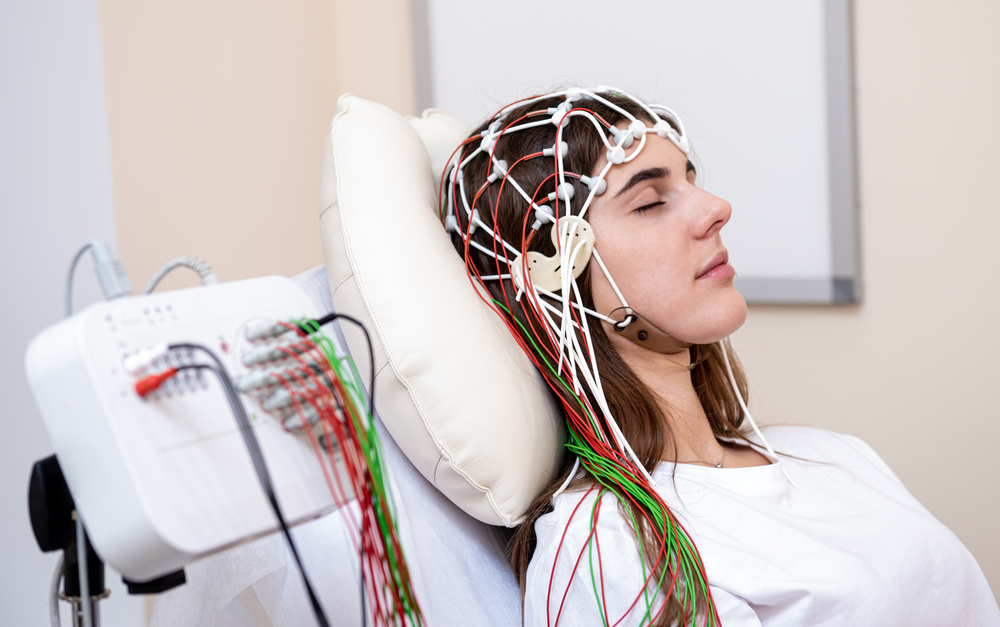
Subtle Signs That Often Go Unnoticed
Early symptoms of cognitive decline can include:
- Forgetting recent information or important dates
- Repeating questions or losing track of conversations
- Misplacing items in unusual locations
- Struggling to follow familiar routines
- Difficulty recalling words or finding the correct terms
- Feeling unusually anxious about forgetfulness
These indicators can appear in many contexts, and on their own do not confirm Alzheimer’s disease. They do however serve as meaningful clues, especially when they persist. Dr. Sano notes that one of the most important warning signs is being receptive to hearing concerns from others. Often it is a family member, colleague, or friend who first notices changes that merit medical attention.
How Staci First Noticed Something Was Wrong
In March of this year, at age 46, she was diagnosed with early-onset Alzheimer’s disease.
— BirdieBittern (@BirdieBittern) November 1, 2025
“I had been having some memory issues for about two years but assumed it was perimenopause”https://t.co/JokhrDmCWe
For Staci, the earliest symptoms were related to everyday communication. She occasionally substituted the wrong word for a similar one. For example, she would ask someone to move the carpet when she actually meant to move the curtain. At first these moments were occasional and seemed harmless. She attributed them to exhaustion, juggling a newborn, and the typical adjustments of new parenthood.
Over time, however, the symptoms expanded beyond simple word slips. She began experiencing instances in which information disappeared entirely. In one example she shared, she was asked about a coworker she had known well, yet at that moment she could not recall who the person was. The memory returned days later, but the incident was concerning.
She also described moments when she was asked for her child’s date of birth and could not retrieve the information immediately. Although the memory resurfaced later, experiences like these signaled that the situation was more serious than postpartum forgetfulness.
Symptoms That Can Be Difficult to Identify
Staci’s symptoms overlapped with common experiences associated with stress, hormonal changes, sleep disruption, and postpartum recovery. Because of this, identifying them as potential indicators of Alzheimer’s was challenging. Her symptoms included:
- Short term memory lapses
- Word finding difficulty
- Difficulty recognizing familiar names
- Losing track of tasks
- Frequent misplacement of personal items
- Trouble multitasking
These symptoms can also be connected to anxiety or depression, conditions Staci had previously managed. The overlap of emotional and cognitive symptoms contributed to the delay in diagnosis.
The Long Road to Diagnosis
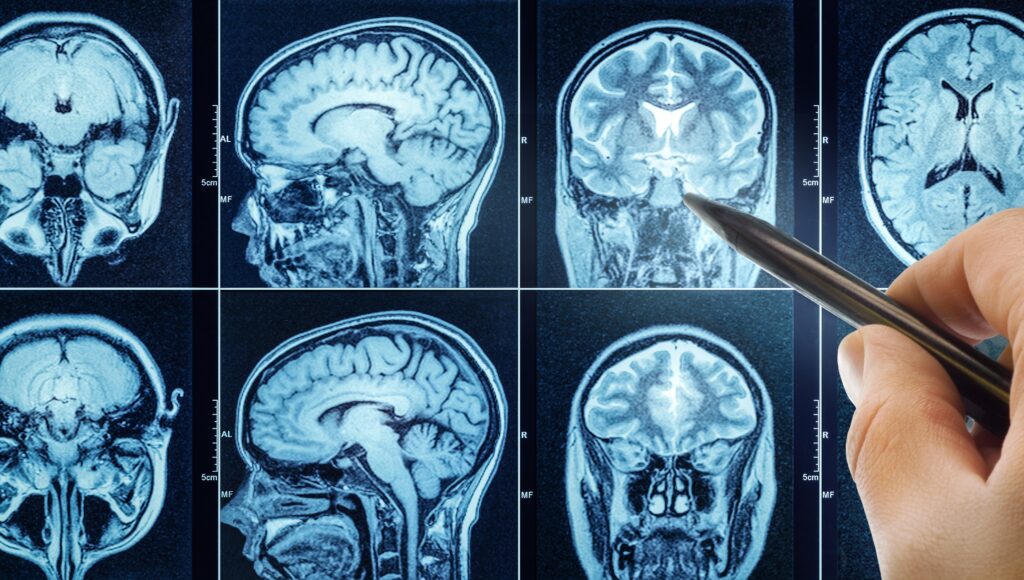
Diagnosing early onset Alzheimer’s can be complex. According to medical guidance, healthcare providers begin by evaluating a patient’s history, conducting cognitive tests, and ruling out possible causes such as hormonal issues, neurological disorders, or mental health conditions. Standard scans and blood tests may not always reveal abnormalities in early stages.
Staci’s path to diagnosis followed this pattern. When she first approached her doctor, she was reassured that Alzheimer’s disease at her age would be rare. Early onset Alzheimer’s accounts for a small percentage of total cases, and most occur in individuals aged 40 to 60. This rarity meant that her concerns were initially attributed to other potential explanations.
Staci underwent MRIs, EEGs, and blood tests, all of which returned normal results. This is not unusual, as Alzheimer’s can progress without showing immediate structural changes in the brain. As her symptoms progressed, she completed cognitive testing. Her scores fell between zero and ten percent for her age group, signaling a more significant issue.
Even with these results, her age required doctors to consider alternative diagnoses. It was only after Staci requested additional testing that she was evaluated for biomarkers associated with Alzheimer’s. Elevated levels of these biomarkers prompted further investigation, which included an amyloid PET scan. The scan confirmed widespread amyloid plaques in her brain, a hallmark sign of Alzheimer’s disease.
She received her diagnosis in March 2025. The confirmation brought clarity but also significant emotional impact. Staci and her husband had been building their future plans around work, family life, and raising their young child. The diagnosis shifted those plans dramatically.
Understanding Early Onset Alzheimer’s
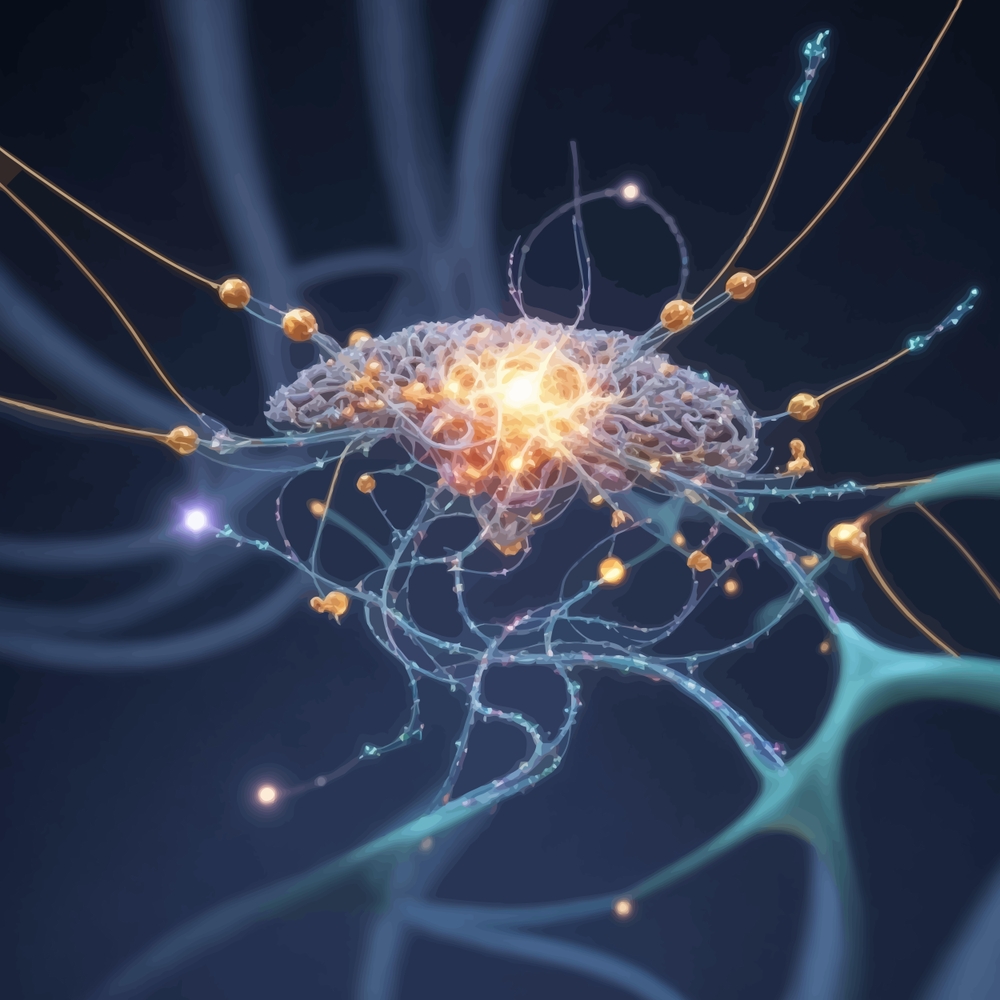
Early onset Alzheimer’s disease shares many characteristics with the late onset form but appears before age 65. While rare, it can begin in a person’s 30s, 40s, or 50s. According to reference material from Johns Hopkins and other medical sources, early onset Alzheimer’s often progresses similarly to traditional Alzheimer’s but is sometimes more challenging to diagnose.
Experts believe two proteins, beta amyloid and tau, play significant roles in damaging and killing nerve cells. Most people develop some level of plaques and tangles with age. Individuals with Alzheimer’s develop larger quantities, which spread through the brain and impair cognitive functions.
Unlike late onset Alzheimer’s, which has multiple risk factors, early onset Alzheimer’s has only one known strong risk factor: family history. In Staci’s case, her grandmother had previously been diagnosed with Alzheimer’s. While this does not guarantee the disease will occur, it raises medical providers’ awareness when evaluating symptoms.
Additional elements, such as lifestyle, medical history, and genetic factors, are currently being studied. Researchers continue to investigate why some younger individuals develop Alzheimer’s decades earlier than expected.
How Staci’s Diagnosis Changed Her Day to Day Life

Following her diagnosis, Staci made several adjustments to her daily routine and responsibilities. She had stopped working as a nurse even before the official diagnosis because her symptoms began interfering with essential tasks. She also recognized that parenting her young son required additional support and planning.
Memory lapses made it difficult to maintain confidence in daily activities. In one example she shared, she changed her son’s diaper but moments later felt uncertain about whether she had completed the task. Situations like this increased stress for both Staci and her family.
She also found that irritability and agitation became more frequent. These changes can accompany Alzheimer’s progression or emerge from the emotional strain of living with a chronic condition. Her language difficulties continued as well, with word mix ups occurring regularly.
Managing items like her phone, glasses, or water cup became increasingly challenging. Misplacing objects is a common symptom of Alzheimer’s and contributed to her need for more structured support throughout the day.
Treatment Options and the Role of Early Detection
While Alzheimer’s disease has no cure, new treatments offer potential for slowing progression. Staci began receiving a medication called lecanemab. This treatment is designed to bind to amyloid plaques and help the immune system clear them from the brain. It is typically administered through regular infusions.
Patients taking this medication require monitoring due to potential side effects, including imaging abnormalities. These treatments are approved for early stages of Alzheimer’s or mild cognitive impairment, making early detection essential.
Staci’s story highlights the evolving landscape of Alzheimer’s diagnosis. Biomarker testing, including blood tests and PET scans, allowed her to receive answers sooner than traditional methods might have provided. As diagnostic tools improve, earlier identification may become more common.
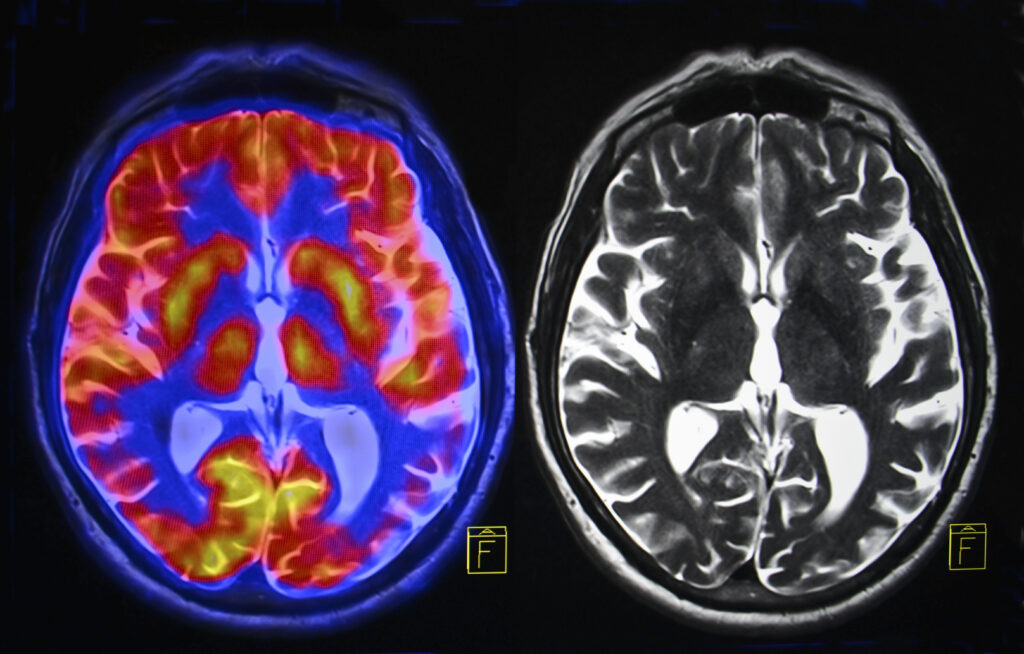
Public Reaction and Awareness Through Social Media
Staci chose to share her diagnosis and experiences publicly through TikTok and other platforms. Her videos reached a large audience, helping raise awareness of early onset Alzheimer’s. She also discussed the stigma surrounding the disease. Some people initially doubted her diagnosis because Alzheimer’s is often perceived as only affecting older adults.
Her openness helped correct these misconceptions. By documenting her daily experiences, she offered clarity on what early onset Alzheimer’s can look like for a younger individual who otherwise appears healthy.
Her online community provided support, reducing her sense of isolation. She connected with others who shared similar experiences and learned from caregivers and advocacy groups. Many viewers have said that her story encouraged them to seek medical advice for symptoms they had been unsure about.
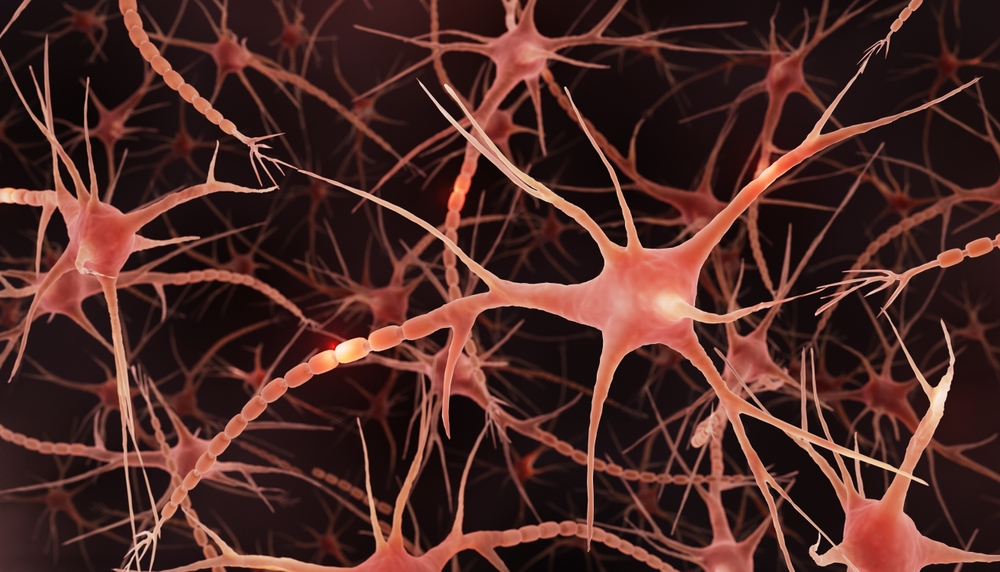
The Larger Context of Alzheimer’s in the United States
Estimates suggest that the number of Americans living with Alzheimer’s will continue to rise in the coming decades. With projections indicating a possible increase from 6.9 million individuals in 2020 to nearly 14 million by 2060, awareness of the disease is important.
Early onset Alzheimer’s represents a small portion of these cases, but its impact on families is significant. Early symptoms may be subtle or easily explained by stress, sleep deprivation, or hormonal changes. Understanding when to seek evaluation can help individuals access support sooner.
Staci’s persistence was an important factor in receiving a timely diagnosis. Her background as a nurse helped her recognize patterns that did not align with temporary stress. She advocated for further testing, even after early results appeared normal.
When Forgetfulness Signals Something More
Staci Marklin’s experience illustrates how early onset Alzheimer’s can unfold slowly and quietly within everyday life. Her symptoms blended with the typical challenges of new parenthood, making them difficult to distinguish from ordinary forgetfulness. As the symptoms became more frequent and disruptive, they signaled that further evaluation was needed.
Her journey shows how complex early detection can be, particularly for individuals under age 65. At the same time, her story demonstrates the importance of advocating for a thorough medical evaluation and considering the full range of diagnostic tools now available.
While early onset Alzheimer’s remains rare, increased awareness can help individuals and families better understand emerging symptoms, seek timely care, and plan for the future with greater clarity. Staci’s openness has provided valuable insight into this lesser known form of the disease, offering support and information to others who may be navigating similar concerns.
Loading...

